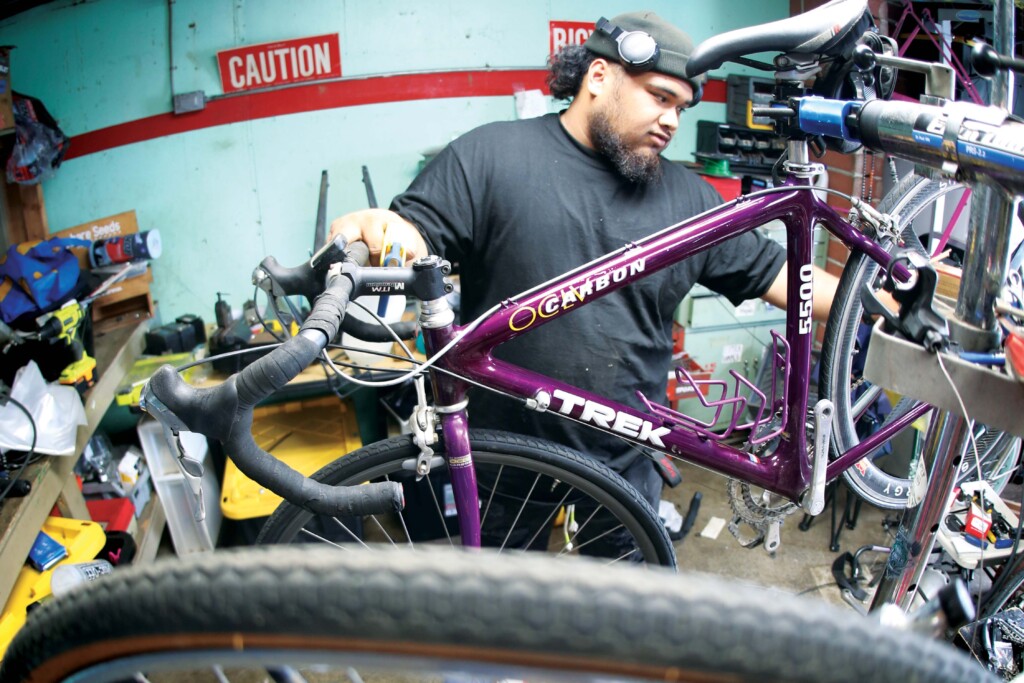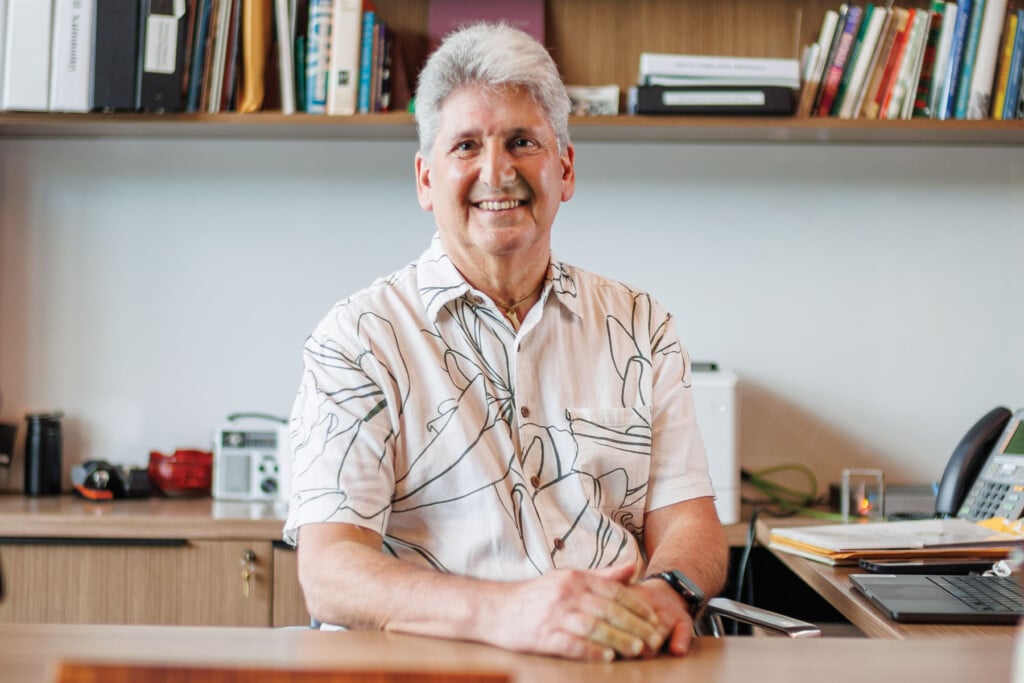Editor’s Note: Everyone’s Problem

Education may not seem like a cover story for a business magazine, but I’m convinced that the biggest economic crisis facing Hawaii is our public schools. I’m not alone: A Hawaii Business survey of business leaders in December found a substantial minority named education as their No. 1 concern.
You already know that annual tests rank Hawaii near the bottom of all the states. But did you realize the economic consequences of our schools’ failure? Here are just a few:
• Public school graduates often fail union apprentice exams because they cannot understand something as fundamental as fractions.
• According to University of Hawaii placement exams, 79 percent of public high school graduates need remediation in math and more than half in reading before they are ready for college-level courses offered at the community colleges.
• Local companies say most high school graduates are unprepared even for entry-level jobs.
Each graduate not ready to earn a decent living is a tragedy. And tens of thousands of personal calamities drag down our economy, translating into less tax revenue, fewer investments and a bleaker future for all of us. If so many youth are unprepared for basic work, can we ever have enough of the innovators and high-tech workers who are the foundation of every prosperous economy in the world?
Inside this magazine are four feature stories that offer solutions to this crisis. Please read them and immerse yourself in the education debate in these pages and elsewhere. Then cast your ballot wisely. Everyone’s future depends on it.
As debate over public education builds toward the primaries and November elections, beware of two false arguments about education. Both are well intended, but each will nonetheless help block needed reforms.
The first false argument comes from those who say we should stop calling our students “failures.” False because the advocates of reform don’t blame the students, they blame the public school system. Students are victims of a failed system; that many of them succeed at school and at life is a tribute to their personal character and their parents. The best way to support them is to transform an education system that has so utterly failed them. Some adults are more culpable than others for the failure, but ultimately every person in Hawaii of voting age shares some blame for letting such a catastrophe persist for decades.
The second false argument states that it doesn’t matter whether we have an appointed or elected school board: Just fix the schools. But if you have lived here long enough, you have seen the failure of many good reform plans that had broad public support. Remember 1974’s CORE report, 1988’s Berman Report or the Cayetano Task Force of the 1990s? How about School/Community-Based Management, or its successor, School Community Councils? Each time real reform came forward, an entrenched bureaucracy successfully blocked real change.
The status quo always won because ultimate control of education is divided among the governor, the elected school board and the Legislature — three groups that will always differ over the details. The solution is to end divided control by giving ultimate power to the governor — a person who everyone in the state has a chance to vote for or against. Let the governor and his or her appointees set broad policies and manage the system, and then let individual principals and communities get the details right for their particular schools.






